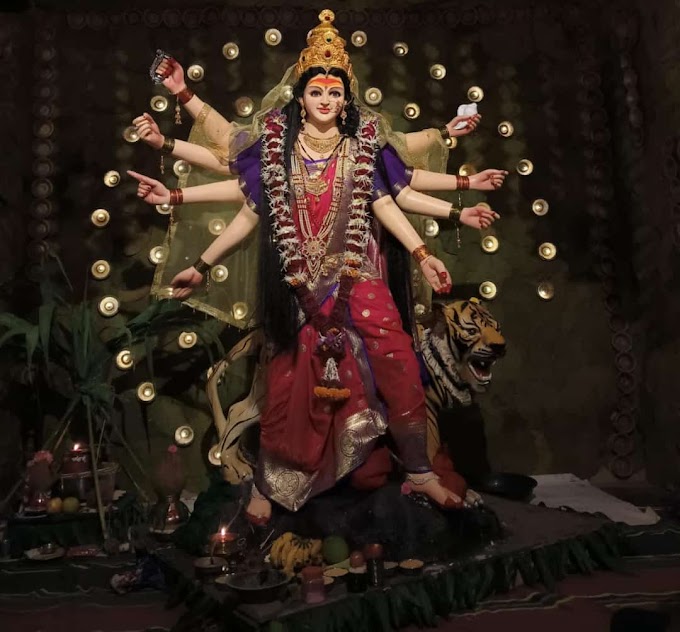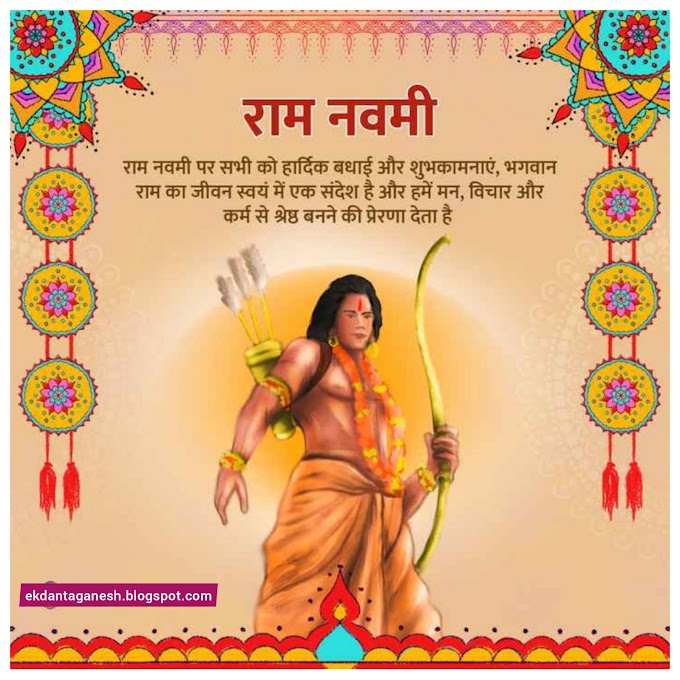Tantrakarma, specifically Astakarma (also spelled as Ashtakarma), refers to a set of eight specific rituals or practices in Tantra, which is a complex and diverse spiritual and religious tradition originating in India. These practices are often associated with esoteric rituals, mysticism, and the pursuit of spiritual goals, which can range from personal transformation to achieving supernatural powers.
### Astakarma: The Eight Rituals
1. **Shantika**: Rituals aimed at pacifying negative influences and achieving peace.
2. **Vashikarana**: Practices to attract or influence people or situations.
3. **Stambhana**: Techniques to immobilize or stop an enemy or negative force.
4. **Vidveshana**: Methods to create discord or separation between adversaries.
5. **Ucchatana**: Practices to drive away or remove negative entities or influences.
6. **Marana**: Techniques that are believed to cause death or destruction of adversaries.
7. **Pushtika**: Rituals to enhance strength, health, and prosperity.
8. **Rasayana**: Alchemical practices aimed at rejuvenation and prolonging life.
### Why Watch or Study Astakarma?
Studying or observing Astakarma rituals can be significant for several reasons:
1. **Cultural and Historical Insight**: Understanding these rituals provides a deeper insight into the historical and cultural practices of ancient Indian traditions and their evolution over time.
2. **Spiritual Knowledge**: For those on a spiritual path, learning about Astakarma can provide tools and techniques for personal transformation and spiritual growth.
3. **Esoteric Practices**: These rituals represent the esoteric and mystical aspects of Tantra, appealing to those interested in occult practices and supernatural phenomena.
4. **Psychological Understanding**: Many of these rituals involve understanding and manipulating the mind and emotions, which can offer valuable psychological insights.
5. **Anthropological Interest**: Observing these rituals can be of interest to anthropologists studying human behavior, belief systems, and religious practices.
6. **Practical Applications**: Some people believe in the practical applications of these rituals for solving real-life problems, such as health issues, personal conflicts, or protection from negative influences.
### Cautions and Considerations
- **Ethical Concerns**: Some of the practices, like Marana (destruction) and Vidveshana (creating discord), raise significant ethical questions. It's important to approach these subjects with caution and a strong moral framework.
- **Authenticity and Guidance**: Learning from authentic sources and under the guidance of knowledgeable and ethical practitioners is crucial, as misinterpretation or misuse of these practices can have negative consequences.
- **Respect for Tradition**: Respect for the cultural and religious context in which these practices originate is essential. Misappropriation or superficial understanding can lead to cultural insensitivity or misunderstanding.
In conclusion, watching or studying Astakarma within the context of Tantrakarma can be a profound journey into the depths of esoteric spirituality and ancient traditions, offering valuable insights and practices for those genuinely interested in these mystical aspects of Tantra.








